Research
We work to bring together the supply and demand for good, grounded research that identifies the linkages between the social and institutional systems within the policy ecosystem.
The Evolution, Management and Development of the Indian Welfare State
This project seeks to explore the nuances of the Indian welfare state, and draw comparisons between the welfare approaches taken by different governments at the state and centre. Particularly, the project will involve exploring the political environment during which major welfare regimes and institutions were created, the management of these institutions by the central and state governments and the political economy of welfare in Indian public life.
View Project arrow_outwardBrowse by our areas of work:
Research Papers
arrow_outward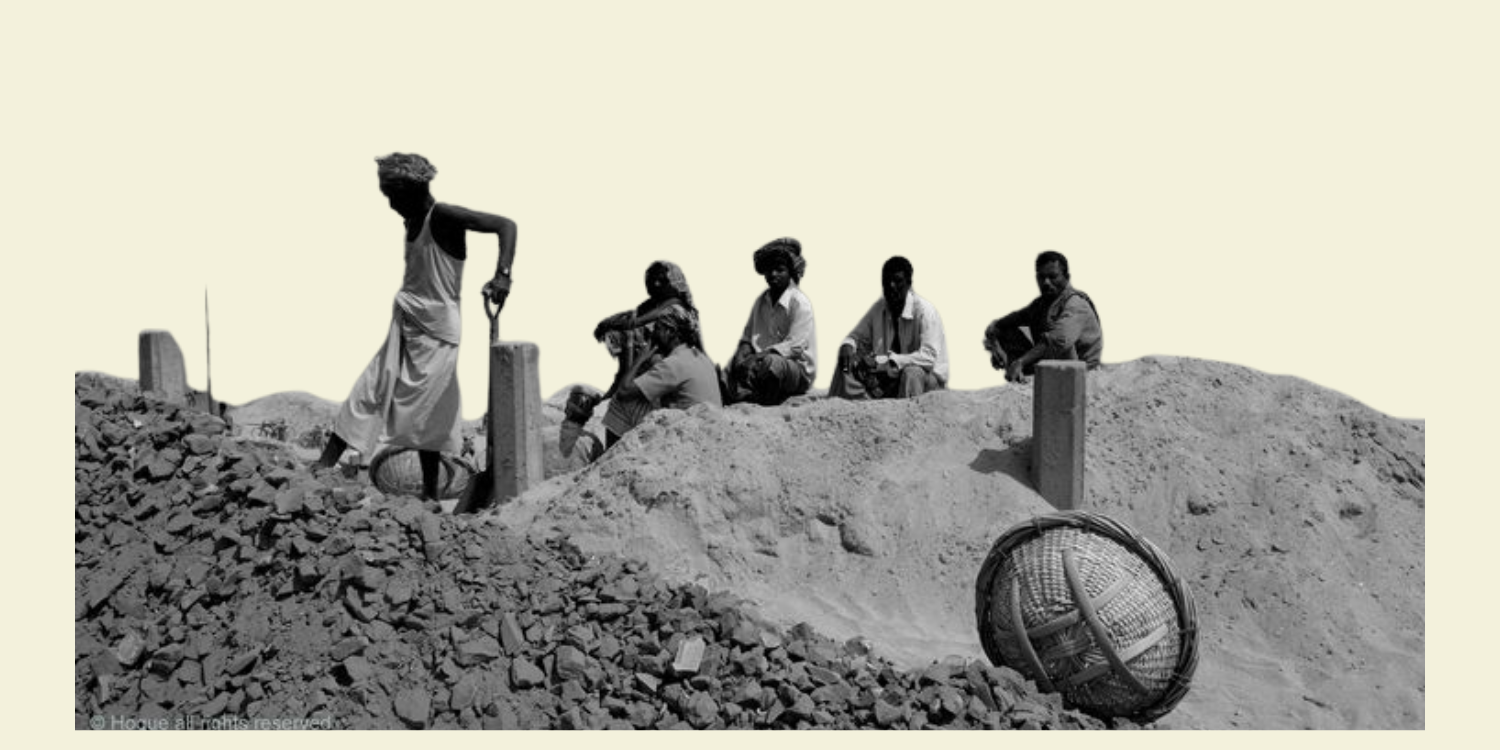
Macroeconomic Reforms and the Indian Manufacturing Sector: Locating Labour
Introduction In the May of 1990 when Montek Singh Ahluwalia delivered his seminal paper, “Towards a Restructuring of Industrial, Trade and Fiscal Policies” for an internal discussion in the government, a reservation on the question of labour was made for a later date, saying, “Reforms relating to labour legislation are also necessary. However, this is […]
By Yugank Mishra

Women’s Healthcare: Budgeting and Policy Insights from Maharashtra and West Bengal
Introduction Throughout India’s history, both pre- and post-independence, Maharashtra and West Bengal have been leaders in advancing social reforms for women. Maharashtra’s contributions include the pioneering efforts of Jyotiba Phule and his wife Savitribai Phule, who broke societal barriers by establishing the first school for girls in Pune. Reformers like Dhondo Keshav Karve further pushed […]
By Varada Marathe

Workforce Participation and Employment Laws: Gendered Analysis of Women in India
While the Female Labour Force Participation in the country is seeing a steady growth over the past few years, the number of women moving out of the workforce for multiple reasons including domestic and caregiving duties is considerably high.
By Varada Marathe

Shadows in the Margins: A Look at Trafficking among India’s Vulnerable Communities
The National Human Trafficking Awareness Day 2024 raises the slogan ‘Freedom’s not for sale; fight modern slavery.’ Human Trafficking affects more than 27.6 million people worldwide, according to the International Labour Organisation (Blinken, 2023), also estimating that in 2022, 3.3 million children were being trafficked for sexual and labour exploitation at any given time.
By Anusha Arif

Mahadayi Water Dispute: A Perplexing Question of Freshwater Needs
Inter-state water disputes pose complex challenges, intertwining the needs of various stakeholders with ecological imperatives. This article delves into the Mahadayi River dispute, highlighting the perspectives of Karnataka, Maharashtra, and Goa, while probing the perplexing questions surrounding equitable water allocation and environmental preservation.
By Varada Marathe

Women’s Mobility and Public Transportation: How Gendered is Movement in Urban India?
Introduction The social and economic emancipation of women cannot be discussed without one of the critical elements which continues to enable this change—mobility. This paper explores the concept of spatial mobility as experienced by women in urban and rural spaces, and draws connections with institutional measures undertaken through gender-based reservations in public transportation in the […]
By Aneysha Roy

Climate Finance in India: Bridging the Gap in International Efforts for Equitable Allocation
Abstract India is currently at a complex standpoint since, as the most populous country, it is continuously exploring new and alternative energy due to its growing energy needs. Yet, it is now also among the largest emitters in the world. Amidst India’s energy transition goals, the country is moving towards expanding its share of renewable […]
By Anusha Arif

Towards Equality and Inclusivity: The Case of Transgender Horizontal Reservation
Abstract This article delves into the need for horizontal reservation for transgender individuals in India, particularly after the recent Madras High Court judgement. It examines the concept, distinguishing it from vertical reservation, explains its rationale for advancing transgender rights, and discusses the limitations of vertical reservation. The paper also provides insights into the current state […]
By Neha Maria Benny

Contours of Justice: Human Rights and Constitutionality of Capital Punishment in India
Background: Theory of Capital Punishment and Law Commission Reports Capital Punishment involves the legal killing of a person who has committed any crime punishable by death under a legal system, such as terrorism or murder. The practice of capital punishment has existed in all nations across the world. In India, capital punishment remains a highly […]
By Anusha Arif

Sheltering Dignity: Exploring the Hurdles in PMAY-U Implementation
Abstract As India undergoes rapid urbanisation, the challenge of providing suitable, affordable, and quality housing has become more pronounced. This paper examines the housing challenges in urban India, emphasising issues of dispossession, prolonged resettlement waits, slum redevelopment challenges, and governance issues. The paper focuses on the Pradhan Mantri Awas Yojana (PMAY), arguing for its comprehensive […]
By Neha Maria Benny
Articles
arrow_outward
India’s and Other Emerging Carbon Markets in the Developing World
Abstract Exactly 28 years ago, with the Kyoto Protocol; a result of the Earth Summit held at Rio De Janeiro in Brazil, carbon markets came into existence to address climate change, and it established the foundation for carbon markets by introducing market-based mechanisms like emissions trading. Carbon markets allow countries to trade emission reduction credits, […]
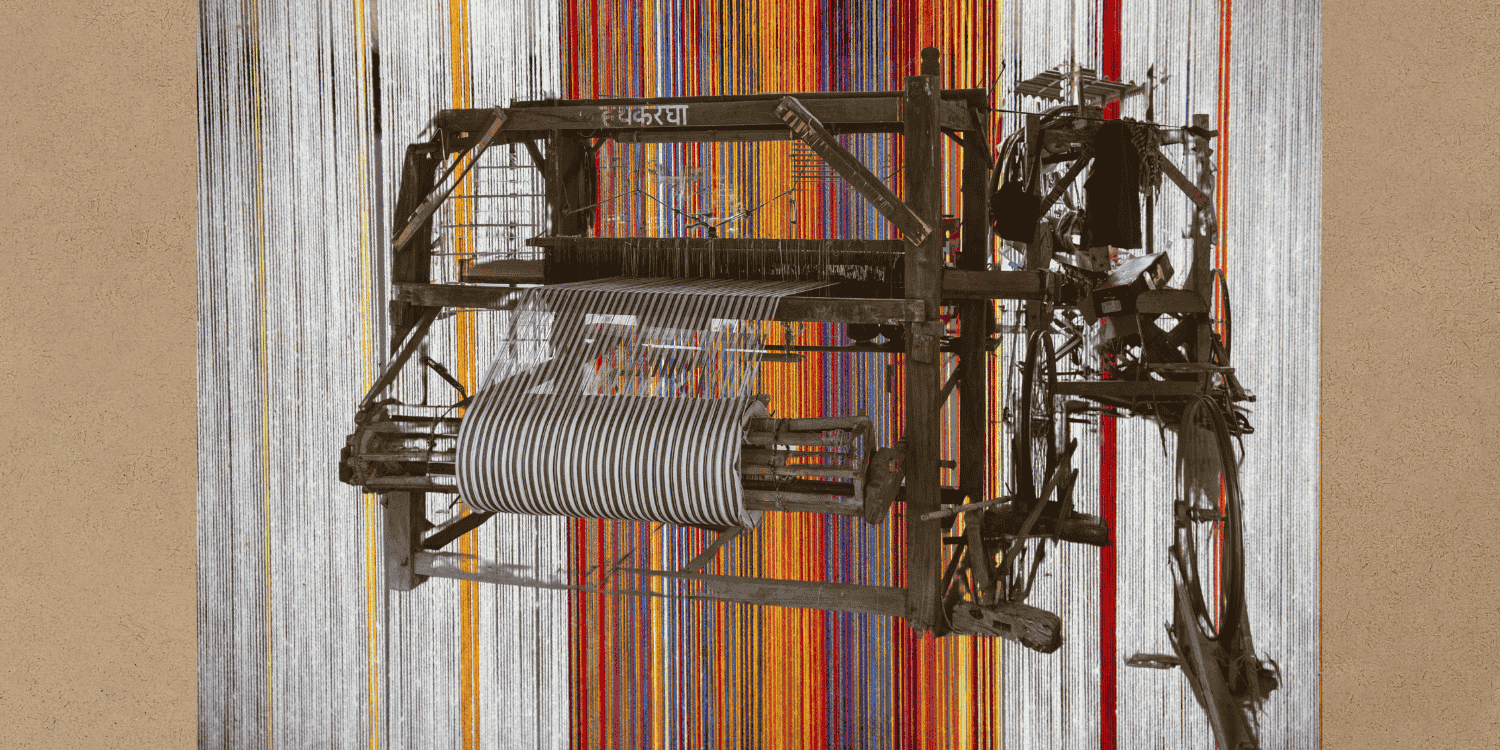
Unpacking the Current Scenario of India’s Skilling Landscape
The beneficiaries receive formal recognition through a PM Vishwakarma certificate and an identity card, validating their expertise. The scheme offers skill upgradation through both basic and advanced training programs, during which participants are provided a daily stipend of ₹500 to support their learning process.
By Aastha Bansal

Advancing Sustainability through Circular Textile Economy
Introduction In this fast-paced world, fashion serves as a medium of self-expression, allowing individuals to showcase their personalities and ideologies through their styling choices. The choices made regarding clothing and accessories can establish a person’s social, political, and economic identity. Yet, as the world delves into this pursuit of authenticity and creativity in our appearances, […]
By Aastha Bansal

Maternal Mental Health: A Priority Addition in Maternal Healthcare
Introduction In September 2024, a meeting was held in Hyderabad to discuss integrated Perinatal Mental Health intervention in rural India. Representatives from six districts of Telangana partook in the meeting to identify key problems to maternal mental health in rural India and investigate potential solutions. Maternal Mental Health (MMH), also called Perinatal Mental Health (PMH), […]
By Aastha Bansal
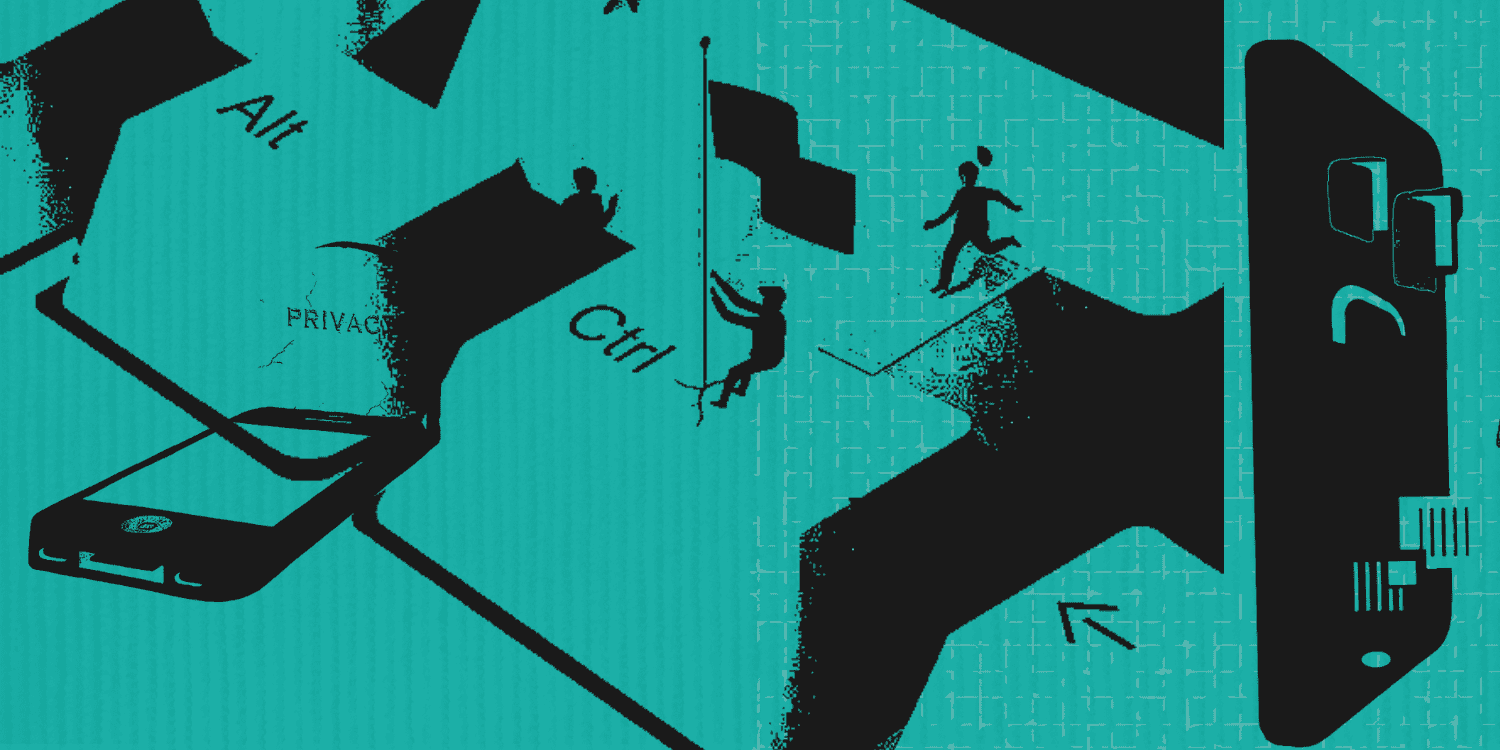
Your Data, Your Choice: Unpacking the Draft DPDP Rules 2025
Background India, with a population exceeding 1.4 billion, is experiencing an unparalleled digital transformation with a rapidly growing internet user base. According to the Telecom Regulatory Authority of India (TRAI), as of 2024, the country had over 970 million active internet users, making it the second-largest online market globally. Mobile phone penetration has reached approximately […]
By Varada Marathe
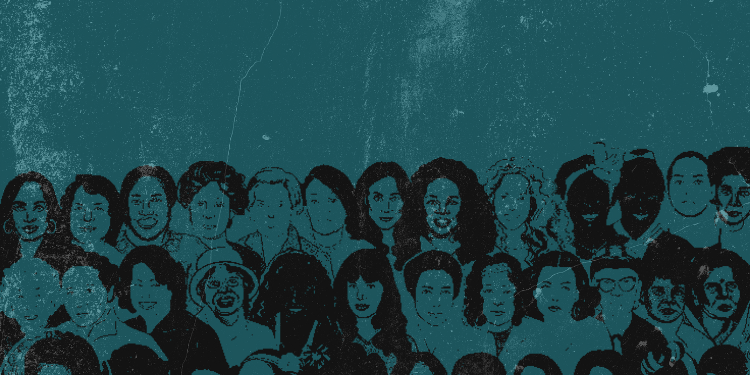
An Analysis of the Pros and Cons of the Menstrual Leave Policy
Sick leave is granted to employees for health-related issues that hinder their capacity to work efficiently. Menstruators generally use up their allotted sick leave to address the discomfort and symptoms of their periods.
By Aastha Bansal
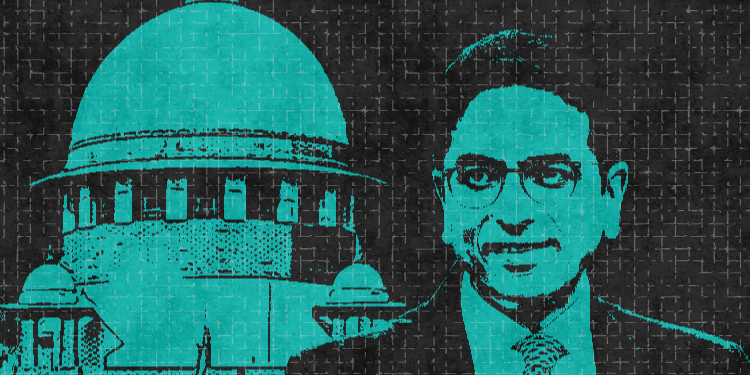
चर्चित रहा जस्टिस धनंजय चंद्रचूड का कार्यकाल
भारत के चीफ जस्टिस के रूप में जस्टिस धनंजय यशवंत चंद्रचूड का दो वर्ष का कार्यकाल सुर्खियों में रहा। वैसे तो वह आठ साल से अधिक समय तक सुप्रीम कोर्ट के जज रहे लेकिन सीजेआई के रूप में उनके दो वर्ष लगातार चर्चा में रहे। सीजेआई बनने से पहले ही जस्टिस चंद्रचूड ने कई ऐसे […]
By Vivek Varshney

Greenfield Cities: A Vision for India’s Urban Tomorrow
Adopting the compact city model in greenfield developments also aligns with global sustainability goals. Concentrating development within a limited area preserves the surrounding natural landscapes and reduces the carbon footprint.
By Anusha Arif
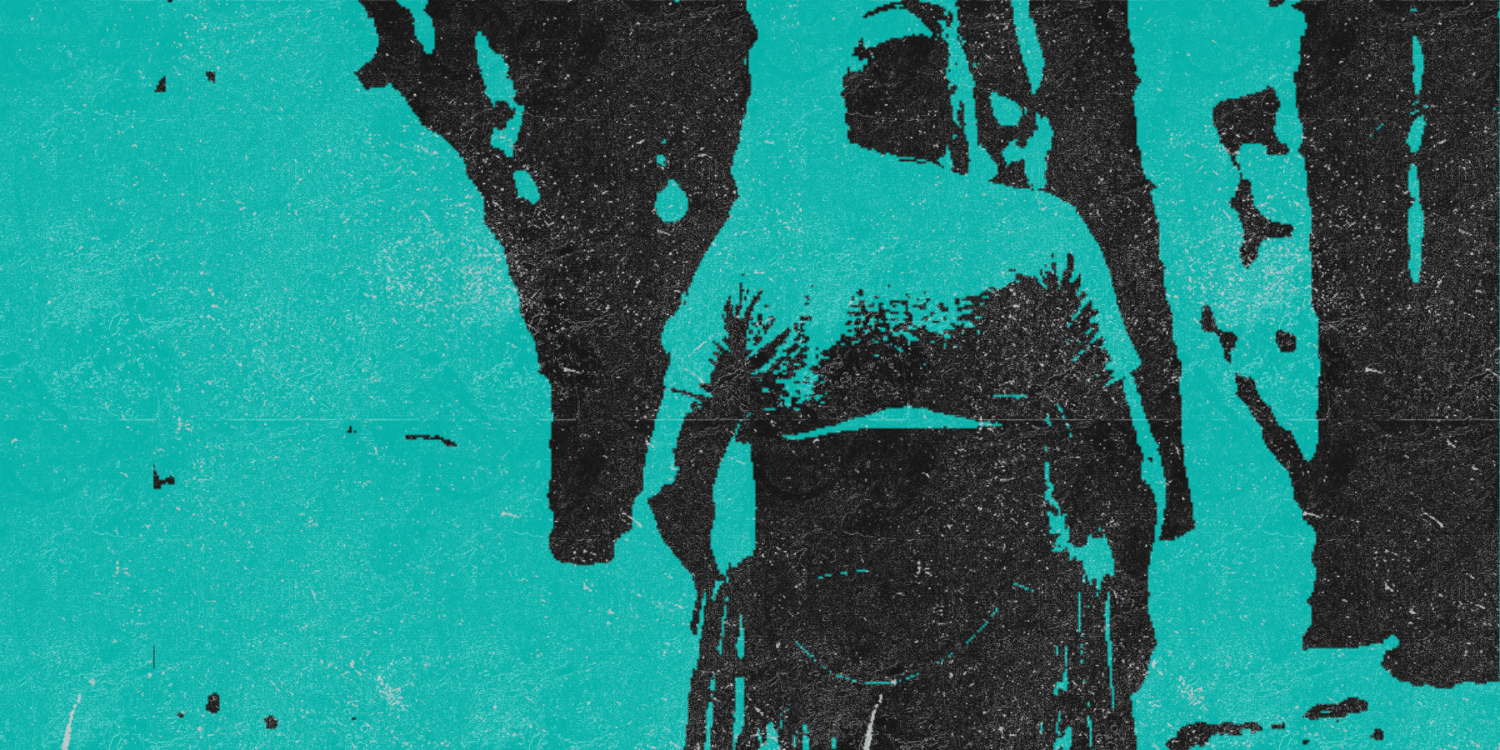
Redefining Care: Disability, Autonomy and the Path to Deinstitutionalization
Background The Supreme Court in India has taken a welcome step in securing the rights of persons with disabilities (PWD) and their rehabilitation. On January 19, 2024, the SC ordered all states to report on prevailing conditions across all homes for abandoned children and adults with intellectual or psychosocial disabilities within eight weeks. India has […]
By Anusha Arif
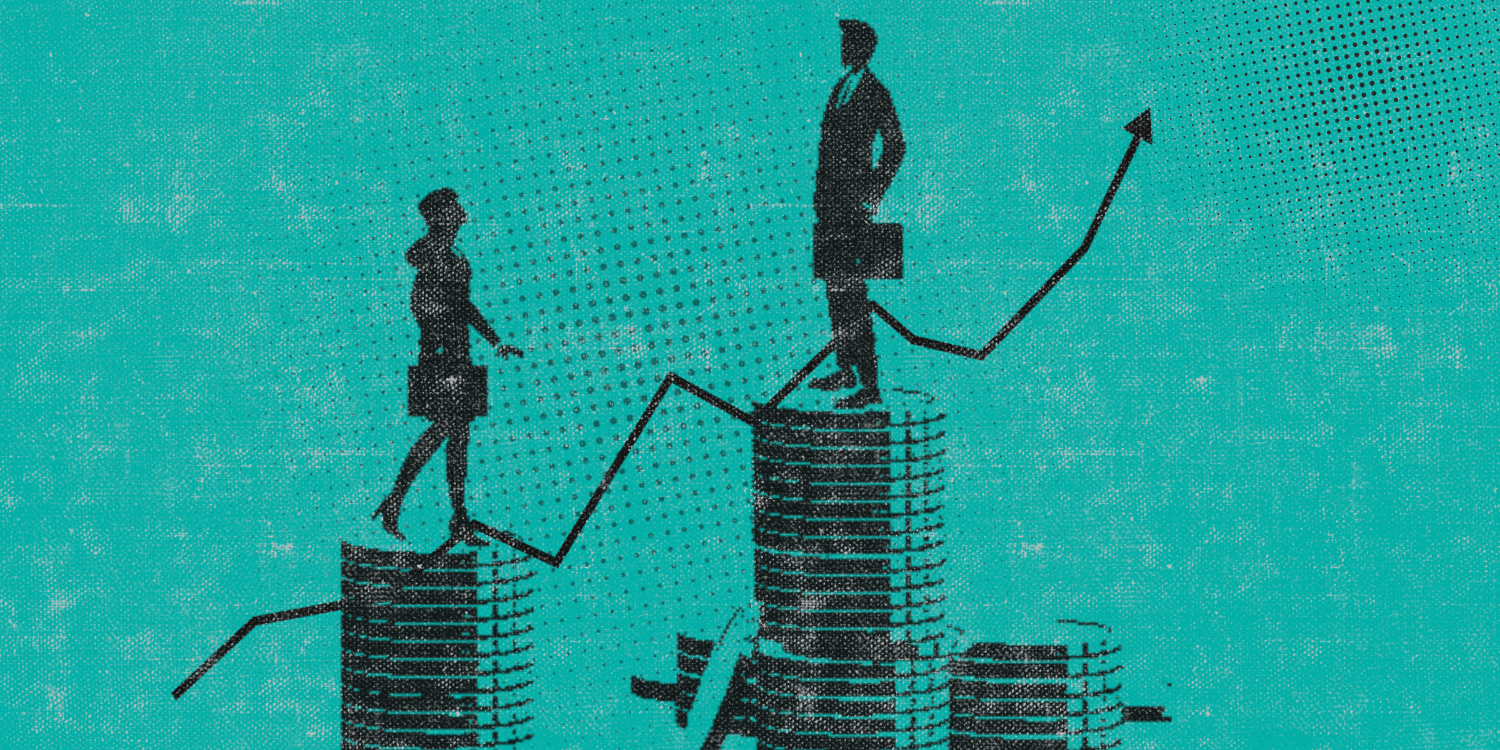
Gender Gap in Venture Capital: Analysing the Funding Gap for Startups in India
Introduction India is now the fifth-largest economy globally, with a plan to expand it to a five trillion-dollar economy by 2027. This growth trajectory is driven by robust infrastructure, an evolving digital landscape, and a surge in entrepreneurial activity. A cornerstone of this economic growth is the startup ecosystem, which is flourishing like never before. […]
By Varada Marathe
Policy Briefs
arrow_outward
Urban Utopias, Ecological Dystopias: The Yamuna Riverfront and Its Discontents
In 2019, the NGT banned all farming activities on the Yamuna floodplains following a study by the National Environmental Engineering Research Institute that found high levels of lead in vegetables and corresponding soil samples. Environmentalists are increasingly suggesting that farming does not threaten the region’s ecology, especially with the controlled use of fertilisers and pesticides
By Anusha Arif
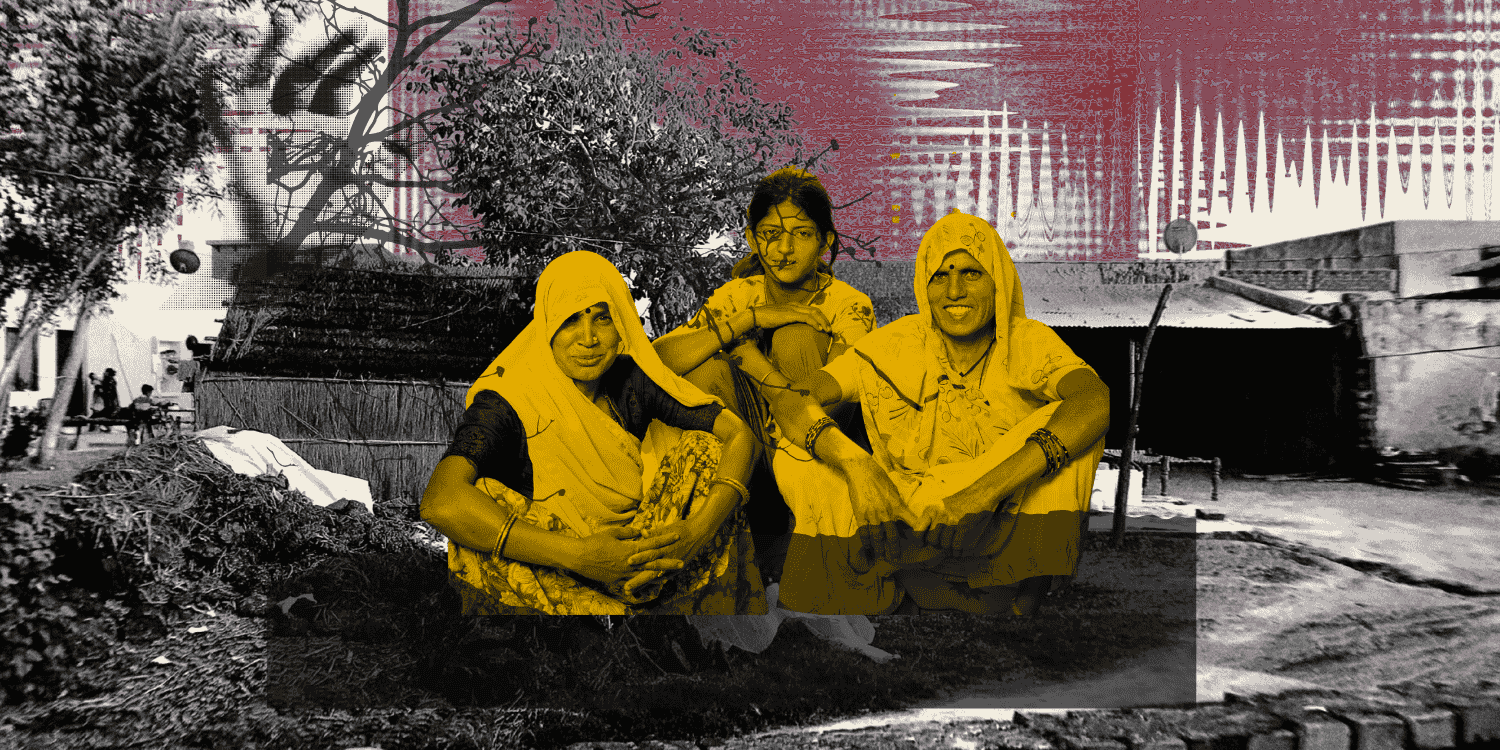
Workers or Owners? The Case of Women Farmers in India
Introduction Marginalization of women, seen through the case of exclusion from ownership structures, can be considered as one of the key reasons against which the suffrage movement was initially mounted, globally. However, in India and abroad, with the delinkages between citizenship rights and property holdings by the mid-twentieth century, the question of land rights and […]
By Ariba Khan
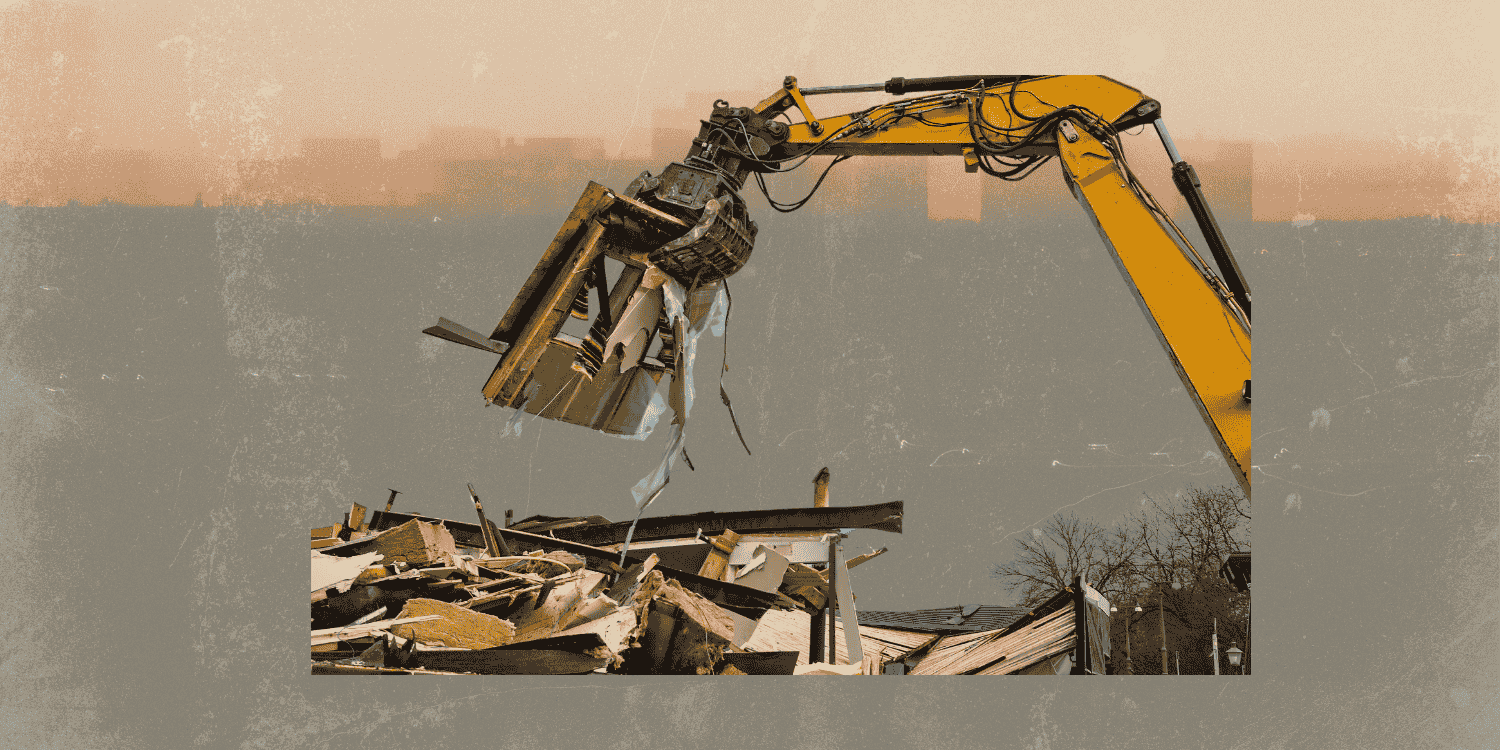
बुलडोजर से अन्याय
आपराधिक मामलों के अभियुक्तों के मकान पर बुलडोजर चलाने की कार्रवाई ने देश के कानून के सामने नई चुनौती पेश की है। कानूनी प्रक्रिया का पालन किए बिना किसी की छत को कैसे ढहाया जा सकता है? अभियुक्त तो दूर यदि किसी को मुकदमे के बाद दोषी भी पाया गया है, तो क्या उसके मकान […]
By Vivek Varshney

Kangaroo Mother Care: A Lifeline for Low-Birth-Weight Babies Evidence, Challenges & Policies
Introduction Preterm birth and low birth weight (PBLBW) are one of the leading causes of infant mortality in children under five, making them a significant public health challenge that accounts for a large portion of the global disease burden (Darmstadt et al., 2023). By definition, preterm birth occurs when an infant is delivered before 37 […]
By Sai Ankit Parashar
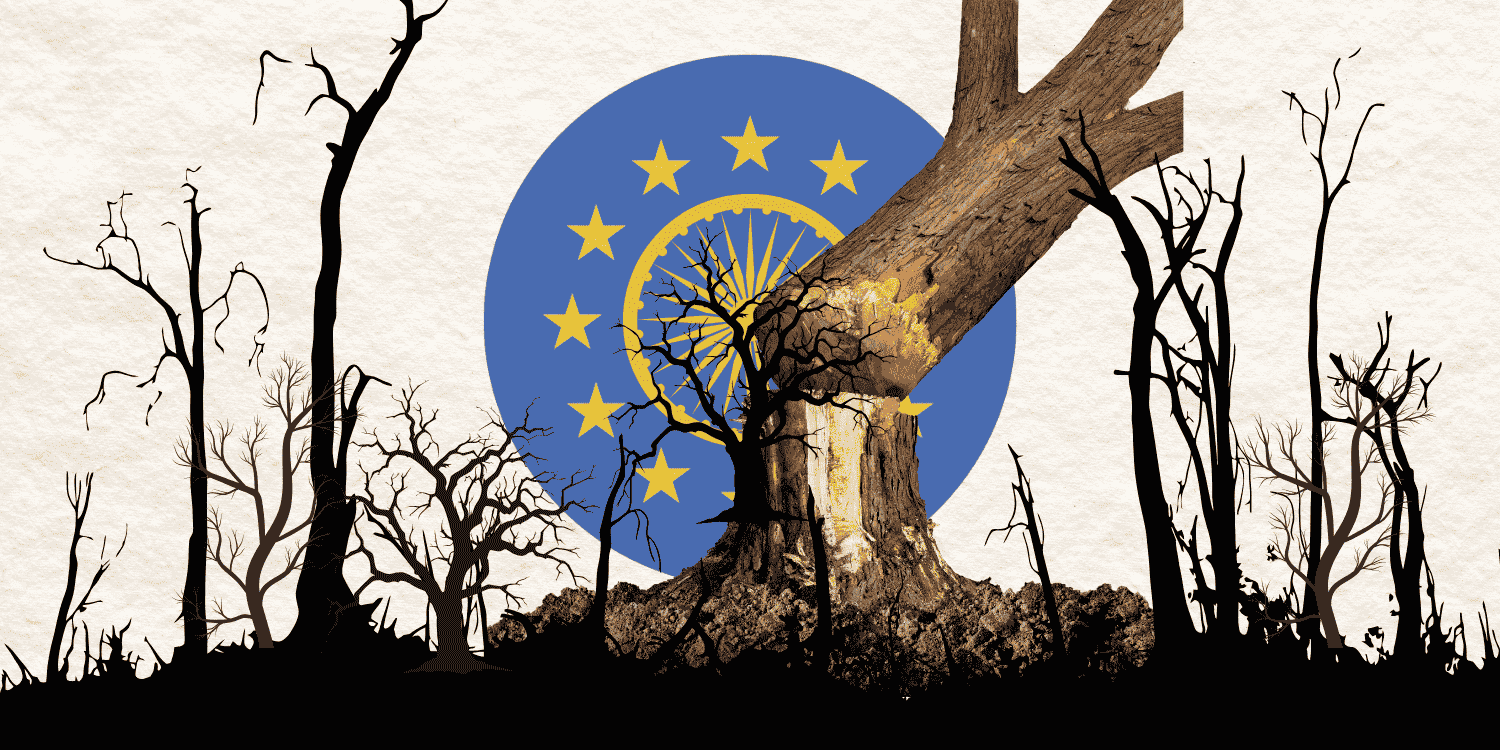
Indian Exports Amid EU Deforestation Regulation
Among developed nations, the European Union (EU) has remained at the forefront of environmental protection, distinguished through proactive and legally binding measures. While many countries have set ambitious climate targets, the EU has gone a step further by enacting comprehensive policies that drive sustainable practices both within its borders and globally. The European Green […]
By Anusha Arif

India and Trump 2.0: Reciprocal Tariffs and the Case of India’s Manufacturing Exports
Disclaimer: This issue brief was written before the announcement of reciprocal tariffs by the new Trump administration on 2nd April, 2025, which imposed tariffs by a baseline of 10% for all countries exporting to the USA, and additional tariffs depending on their respective MFN tariff binds, with certain exempt commodities. For India, this amounts to […]
By Yugank Mishra

अल्पसंख्यक शिक्षण संस्थान का दर्जा तय करने के लिए मापदंडों को उदार किया सुप्रीम कोर्ट ने
अलीगढ़ मुस्लिम विश्वविद्यालय (एएमयू) के अल्पसंख्यक स्वरूप को लेकर लम्बे समय से चली आ रही कानूनी जंग अभी पूरी तरह खत्म नहीं हुई है। सुप्रीम कोर्ट की सात सदस्यीय संविधान पीठ ने 4:3 के बहुमत से साफतौर पर कहा कि संसद द्वारा पारित कानून का मतलब यह नहीं है कि उस शिक्षण संस्थान अपने अल्पसंख्यक […]
By Vivek Varshney
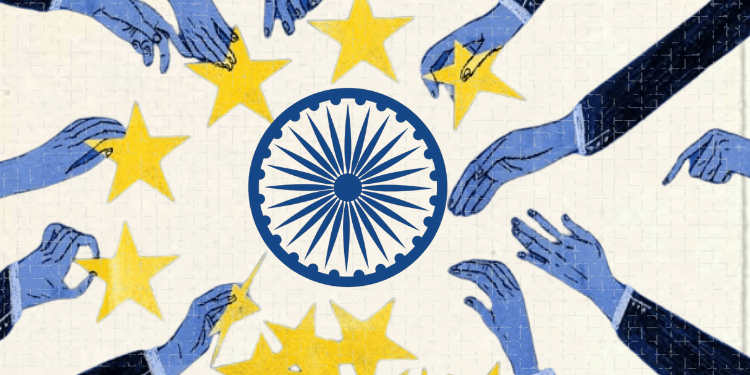
India vs. EU’s CBAM: Trade Wars & Green Tariffs
Introduction The European Union has been at the forefront of global climate policy, aiming to achieve carbon neutrality by 2050 under its European Green Deal. To support this goal, the EU has introduced several measures, including the Carbon Border Adjustment Mechanism (CBAM). The CBAM has been viewed as a key intervention to reduce carbon leakage. […]
By Anusha Arif

Grid or Gaps? Exploring the Challenges of Rural Electrification in India Post-Saubhagya
Introduction India has made significant strides in rural electrification, addressing energy poverty and its unique socio-economic development. In line with its global commitments to ‘ensuring access to affordable, reliable, and modern energy for all’, India led with key interventions, including the Pradhan Mantri Sahaj Bijli Har Ghar Yojana, also known as the Saubhagya Scheme. The […]
By Anusha Arif

An Approximation of Employment-Centric Social Security Frameworks in India
The ongoing design process of the social security framework best suited to the platform-based gig economy in India is a testament to the changing terrain of increasingly complex industrial relations in India. At stake is the validity of the traditional tripartite model of industrial relations and a push for creative solutions.
By Yugank Mishra
Photo Archive Project
arrow_outwardKheta: Weaving a Tale of Women Empowerment, Kinship, and Inheritance
The term Shershabadi (original Shershabadia) has direct reference to the community’s place of origin, i.e., the former Jawar-e-Sarsabad, which comprised parts of Murshidabad, Malda in West Bengal, and Sahibganj district in Jharkhand.
Owing to various social, political, and environmental reasons, they migrated from their place of origin, and are now settled in Kishanganj and its neighbouring districts, in Bihar. Originally a community of settled agriculturists, they slowly dispersed along the river banks and tried to make a living through cultivation.
arrow_outwardDrying Rivers and Temple Towns: Tale of Kaveri and Srirangam
The photo story captures the neighbourhood which falls under the administration of Tiruchirappalli City Municipal Corporation and is navigating complex ecological, geographical, and governance problems.
arrow_outwardNot an ‘Aam’ Baat: How Climate Change & Fertilizers Are Damaging Mangoes in UP’s Malihabad
Malihabad, tehsil and Nagar panchayat in Lucknow district, Uttar Pradesh is famous for its mangoes. The Malihabadi Dussehra, a variety of mango, got its Geographical Indicator [GI] tag in 2009[1]. Even though Mangoes are widely consumed across the subcontinent, a common narrative of all the mango cultivators of the region is: “Everybody loves mangoes, but no one wants to make the lives of mango farmers any better.”
arrow_outwardDocumenting the Ghazipur Phool Mandi and its Phoolwallas
n the east of Delhi lies Ghazipur. Over the years, Ghazipur has become an essential route and a stop for people looking to purchase flowers for special occasions.
arrow_outwardClimate-Proofing Agriculture: Building Resilience in Agriculture and Allied Sectors
arrow_outwardReports
arrow_outward
Women, Indigenous Knowledge, and Inclusive Climate Action
Introduction At the International Day of the World’s Indigenous People in August, human rights activist and environmentalist Joan Carling declared, “People are not sitting down; people are taking action. And women are at the forefront of these actions.” Her words highlight an often-overlooked truth in the fight against climate change: although women are significantly underrepresented […]
By Anusha Arif
Minority Education In India
The government of India, in November 2022, announced that it would discontinue the Maulana Azad National Fellowship for students pursuing higher studies. MANF, launched in 2009,aimed to provide financial assistance to students from six minority communities pursuing an M.Phil. or a PhD for five years. It was implemented by the Ministry of Minority Affairs. Since […]
By Gayatri Sethi

The Grassroot Women Leaders Project
Throughout India, there are several instances of women leaders at the margins- affecting change and driving leadership in critical policy and governance areas in their local communities. The SPRF Grassroots Women’s Tracker outlines a collection of such women, who have driven crucial policy changes from the bottom, in sectors such as education, local governance, sanitation, labour, livelihoods and justice.

Top 100 Countries by GDP – Purchasing Power Parity
PPP allows us to understand and make comparisons between two countries about the price of the same goods and services in both countries. Thus, a PPP analysis shows the price of the same goods and services in different economies, adjusted for parity. A high PPP implies that a basic set of essential goods and services […]
Prolonged Discrimination: Legal and Policy Failures in Protecting Manual Scavengers
Abstract The paper delves into the persistent issue of manual scavenging in India. Manual scavenging, an abominable practice, is deeply rooted in the country’s societal fabric despite legislative efforts to eradicate it. This paper examines the socio-economic complexities sustained through the practice and highlights the loopholes in the present system that allow for continued exploitation […]
By Anusha Arif
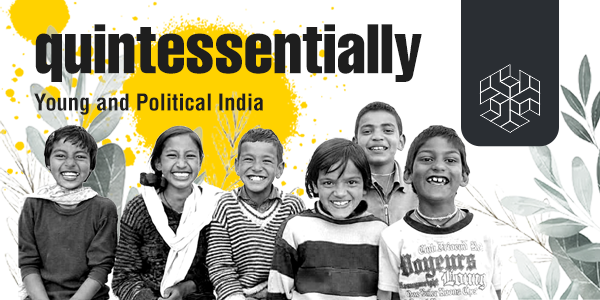
Quintessentially: Young and Political India
India is many things – among others, it is often critical to remind oneself that we speak about a subcontinent with heterogeneous and distinct identities, cultures, languages and priorities. Even as we come together as one people, we remain in many ways subject to far too many interpretations, hence often easily misunderstood. Unlike multiple other […]
By Research Desk

Crisis of Confidence in India’s Pharmaceutical Sector
Introduction The Indian pharmaceutical sector holds a significant position in the global pharmaceutical industry, ranking among the top providers of generic medicines globally. It stands as the world’s third-largest pharmaceutical industry in volume and the fourteenth-largest in value. In the previous year, Union Finance Minister Nirmala Sitharaman emphasised India’s recognition as “the global pharmacy” due […]
By Neha Chauhan
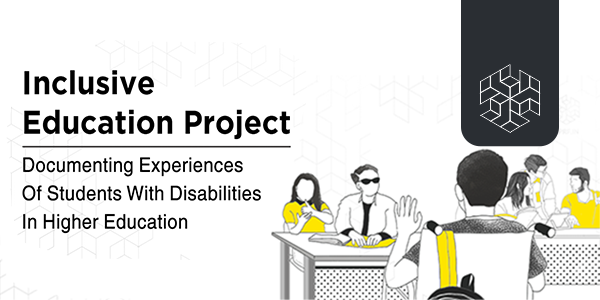
The Inclusive Education Project: Documenting Experiences of Students with Disabilities in Higher Education
ABOUT THE REPORT India has focused considerably on improving its education system in recent years. With nearly 2.68 crore citizens being persons with disabilities, the education system is slowly pivoting to accommodate the needs of students with disabilities. For instance, the New Education Policy 2020 makes several provisions to address the inequality of access to […]
How Inclusive are India’s Health Policies?
ABSTRACT Tribal communities in India are some of the most vulnerable social groups despite having a special status guaranteed by the Indian Constitution. Being at the margins both in the demographic and socio-economic sense, they experience extreme inequalities, especially in their access to healthcare. This Issue Brief attempts to locate these tribal communities in the public […]
By Arshiya Singh
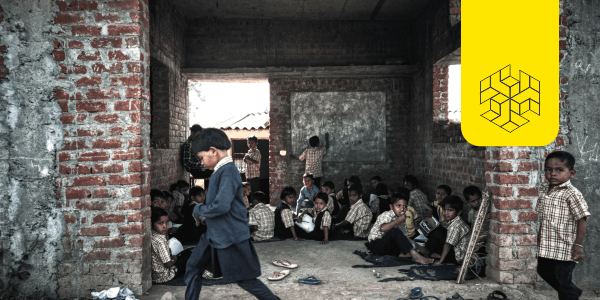
The Status of Anganwadi Workers in Delhi
In 2017, the National Nutrition Mission (NNM) or POSHAN Abhiyan was launched by the government of India to improve nutritional outcomes for children, pregnant women, and lactating mothers. The mission was aimed at monitoring, supervising, setting targets, and guiding nutrition-related policies across ministries (PIB 2017). This was to be achieved by initially mapping all ongoing […]
By Research Desk & Center for Civic Engagement

